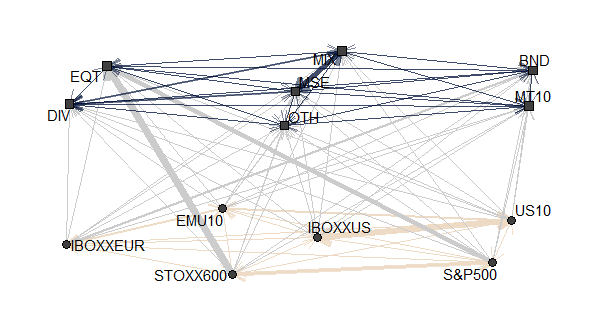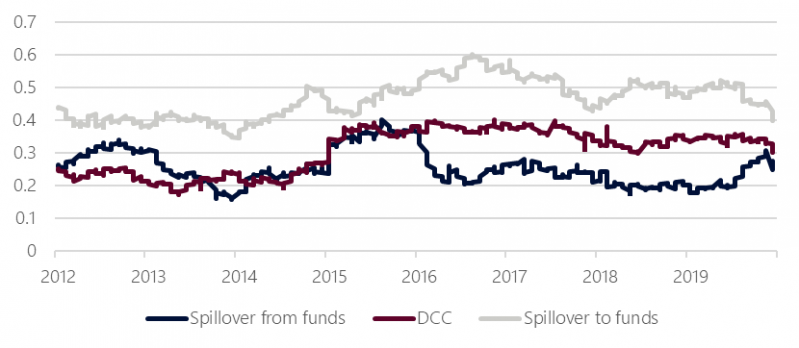References
Abad, J. et al., 2017. Mapping the interconnectedness between EU banks and shadow banking entities. National Bureau of Economic Research.
Allen, F. & Gale, D., 2000. Financial contagion. Journal of political economy, 108(1), pp. 1-33.
Andersen, T. G., Bollerslev, T., Diebold, F. X. & Labys, P., 2003. Modeling and forecasting realized volatility. Econometrics, pp. 579-625.
Billio, M., Getmansky, M., Lo, A. W. & Pelizzon, L., 2012. Econometric measures of connectedness and systemic risk in the finance and insurance sectors. Journal of Financial Economics, 104(3), pp. 535-559.
Covi, G., Gorpe, M. Z. & Kok, C., 2019. CoMap: Mapping Contagion in the Euro Area Banking Sector. ECB Working Paper Series, Volume 2224.
Diebold, F. X. & Yilmaz, K., 2009. Measuring financial asset return and volatility spillovers, with application to global equity markets. The Economic Journal, Volume 119, pp. 158-171.
Espinosa-Vega, M. A. & Sole , J. A., 2010. Cross-Border Financial Surveillance: A Network Perspective. IMF Working Papers.
Meglioli, F. & Gauci, S., 2021. A Multi-level Network Approach to Spillovers Analysis: An Application to the Maltese Domestic Investment Funds Sector. Research Papers in Economics.






